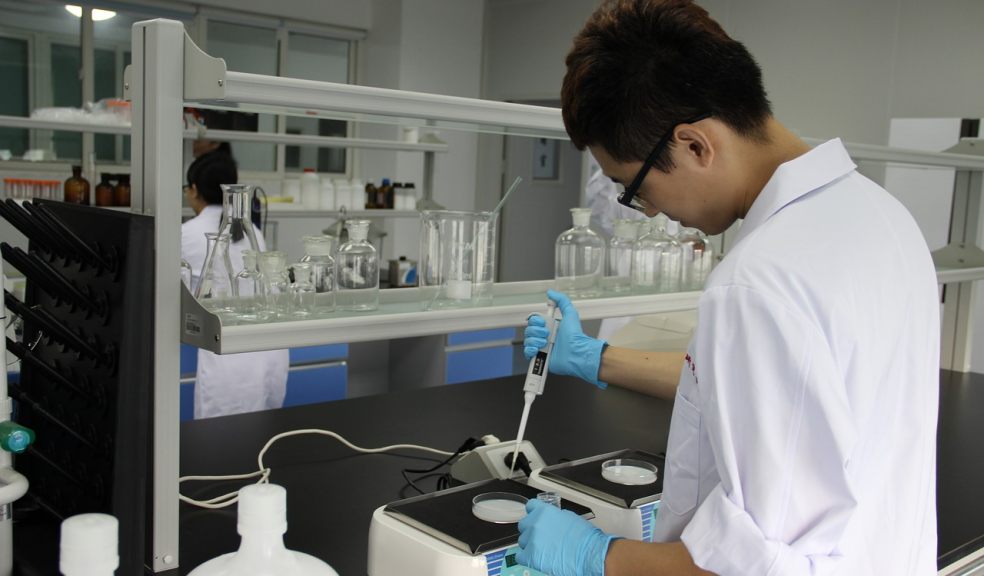
Uses and types of Dilatometer
Dilatometer, a mechanical device used to gauge alterations in volume because of different physical and chemical processes. A mercury-in-glass thermometer is a well-known appliance of dilatometer, which has a graduated scale to interpret the alteration in the volume of a mercury column. Expansion of mercury remains constant on average temperature; therefore, any slight change in temperature can be easily measured.
If you want to design a dilatometer, you can get the necessary parts from mjsdesigns.com. The dilatometer is equally beneficial to measure changes in the volume of solids and liquids. You can also check chemical reactions, absorption of fluids, or physical pressure on a solid substance. You can get different types of dilatometers from simple to complex according to the nature of your work.
Types of Dilatometers
Some different types of dilatometers are used for thermal analysis to measure the volume and expansion of various substances. Following are some popular but frequently used types by scientists and engineers in their experiments:
Flat Plate Dilatometer
It works in connection with rod dilatometer and optical dilatometers. Its other name is capacity dilatometer that features two plates, one motionless and other moveable. It is used to measure a long, thin piece of material. With the rise in temperature, the moveable plate is pushed in a specific direction just because of the expansion of the device.
You can attach the movable plate with a computer to get measurements of every tiny movement. Remember, electro mechanical assembly can improve the performance of a dilatometer.
Connecting Rod Dilatometer
It is also known as push rod dilatometer and is useful to measure the expansion of the material on heating. Thermal conductivity measurement can be straightforward with this device because any change in measurement can be measured promptly and accurately with the rod located inside the instrument. Rod works as controller of the specimen where expansion is taken as a coefficient. Comparison of the test specimen may change the results.
High Resolution or Laser Dilatometer
Use of high-resolution laser dilatometer will help you to measure even a slight change in the volume, but its use can be tremendously sensitive. This device works by passing a laser beam through items for repeated times to notice even minute changes.
Optical Dilatometer
It is specifically used to measure changes in the size of an object or substance with the use of a sensitive digital camera. Its non-contact system will provide added benefits to you, as you can use this system for the measurement of items or substance without any physical exploitation. You can quickly analyze most squashy material like polymers, incoherent ceramic powders, etc.
The dilatometer is effectively used to measure the volume and expansion of different materials like solids, liquid, and gas. A rod and a large glass container are typically used in almost all types of dilatometers to measure changes of sample material. Dilatometers feature a special mechanism to control the temperature.
Excessive temperature can damage your sample substance. Just like dilatometer, Differential Scanning Calorimeter and Thermogravimetric analysis are also used to measure and control the temperature of different substances. Every device has its precautions for use; therefore, it is vital to carefully learn the use of a selected device to avoid dangerous outcomes.

















